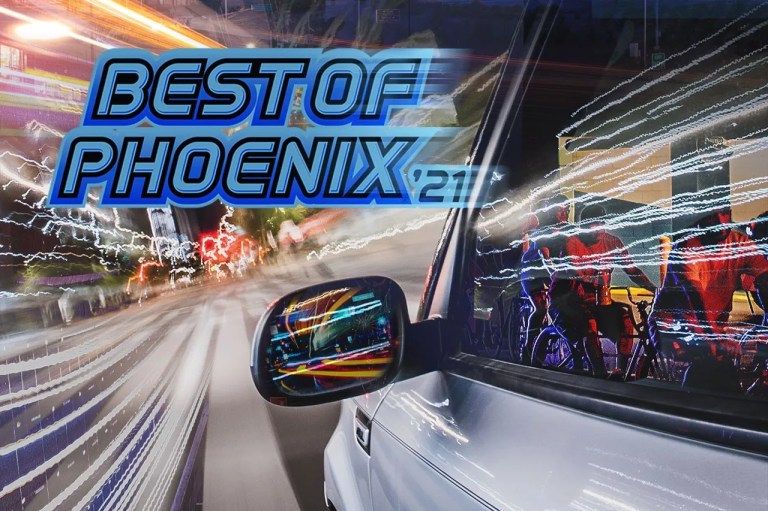Best Team Effort
Vaccine Distribution at State Farm Stadium
We were excited to get the vaccine, of course. We were less excited about driving from central Phoenix to Glendale, in the middle of the night, to wait in line for somebody to jam a needle into our arm. So we were surprised to find ourselves moved almost to the point of tears upon arrival at State Farm Stadium, which since the beginning of January had been transformed into a 24/7 vaccination factory, the largest such site in the state and one of the largest in the country. (President Biden called the effort a “national model” after it cranked out more than 100,000 shots in less than three weeks.) A well-coordinated team of mostly volunteers greeted us, directed hundreds of cars, checked us in with iPads, helped the medical staff administer the shots. Like a lot of the previous year, the experience felt like something out of a sci-fi movie. The only difference was that, this time, under the bright-white parking lot lights, surrounded by all these smiling people saving lives, we had finally made it to the happy ending.

